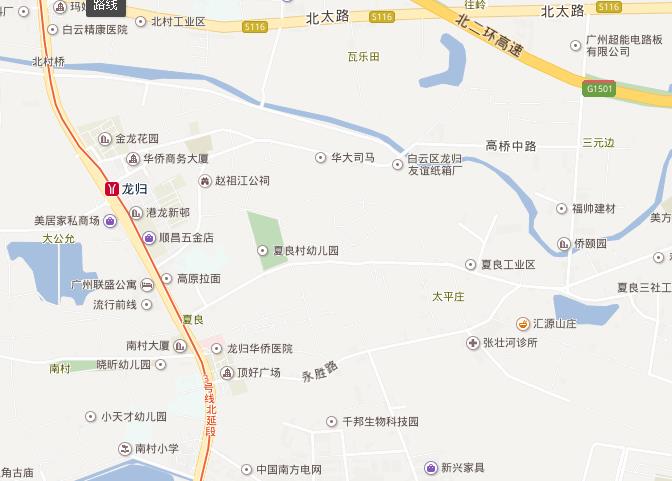"Kanu" will be the peak period of 6 provinces have heavy rain or landing
Original title: "Kanu" will be the peak period of landing impact long time 6 provinces have heavy rain typhoon "Khanun" is to speed 15-20 kilometers per hour to move northwest, the intensity gradually increased, and will be 15 on the night of 16 morning in Hainan Wanning to Guangdong Zhanjiang along the coastal areas. It has three characteristics, such as long time, wide influence range and landing at the peak. It will bring heavy rainfall to Zhejiang, Hainan, Guangdong, Fujian, Taiwan, Shanghai and other areas. Since October, the rainfall in Southern China area is much more obvious than that of the year round, so it is necessary to strengthen the prevention of urban waterlogging, flash floods, landslides, debris flows and other disasters caused by heavy rain. Typhoon "Khanun" offshore enhanced the impact of a wide range of long time according to the Central Meteorological Observatory issued a typhoon bulletin, 13 pm today, the twentieth typhoon this year, "Kanu" is located in Hainan city of Wenchang approximately 800 kilometers south east. There is still a strong tropical storm level, 7 wind circle radius of it reaches 150-350 km, 10 wind circle radius of about 60-80 km. Is expected to "Kanu" will be from 15 to 16 at night in the morning in Hainan Wanning to Guangdong Zhanjiang along the coastal areas. The 16 day Kanu will move into the North Sea of Beibu Gulf, and turn to the west south direction, decreased gradually towards the north central coast of vietnam. The central meteorological station chief forecaster Zhang Ling analysis, this is our country "Kanu" has three distinct characteristics: one is the effect of long time, from 12 to 18, "Kanu" generated in the northern Gulf weakened, "Kanu" will experience up to 7 days of life; two is the range of influence wide, although compared to other body and typhoon Khanun "typhoon in the South China Sea and no what special, but common on the north side of typhoon cloud trough and cold air system, in Southern China, East China, Department of Taiwan area and the South China Sea, North Bay, Qiongzhou Strait, Taiwan Strait and the East China Sea and other places will have the impact of wind and rain large scale; three is currently still Kanu although strong tropical storm level, but it is an offshore enhanced typhoon" Khanun ", is expected to enter the South China Sea, the strength will continue to increase, and in the heyday of landing in Hainan Wanning To the coastal area of Guangdong and Zhanjiang, it may be typhoon class (grade 12-13). From the perspective of strength, in the autumn typhoon landing in China, "Kanu" is not prominent. Historical data show that since 1949 the autumn typhoon landing in China, a total of 3 autumn typhoon wind speed has reached over 60 meters per second (5909 typhoon, Typhoon No. 6122 and No. 7314 typhoon, the equivalent wind 17), nearly 10 years the strongest typhoon landed in China for the 2016 autumn typhoon "miranti, the landing speed of 52 meters per second (equivalent to wind 16). The next three or four days, by the cold air and "Kanu" common influence, China's eastern and southern sea will appear 7-8 winds, which have 9-10 level winds in the South China Sea north, the Qiongzhou Strait and Beibu Gulf will. The wind force in the sea area or area near Kanu center can reach 11-13, and gust can reach 14-15 level. Affected by the typhoon, the north cold air and low pressure, in addition to the typhoon in vitro, will also have strong rainfall in the north east area of typhoon. Among them, 14-16 days will be the main period of rainfall, North Central Hainan, Guangdong coast, Taiwan, northeast Fujian, Zhejiang, the Middle East and southern Shanghai heavy rain to heavy rain. Local heavy rainfall in northern Hainan, Eastern Taiwan and Eastern Zhejiang. The cumulative rainfall can reach 60-120 millimeters, of which the maximum cumulative rainfall in the northern part of Hainan, Eastern Taiwan and Eastern Zhejiang can reach 200-400 millimeters. In the autumn of this year, the number of typhoons was less and the intensity was weak. As of October 14th, there were 20 typhoons in the Northwest Pacific and the South China Sea, which were 1.5 less than 21.5 typhoons on average over the years. There are 7 typhoons (merbok, Rock, Neuchatel, Begonia, Columba, PACA and EVA) landed in China, than the annual average (6.6) more than 0.4. This year the number of autumn typhoon was less than normal, from September 1st to 14 October, 4 typhoons (1717, 1718, 1719 ancient super Terry Du Surui, Kanu, 1720) than the same period the year (7.1) less than 3.1; in autumn this year typhoon intensity is generally not strong: the 4 Taiwan average autumn maximum intensity of 35 meters per second, than the annual average peak strength of 42 meters per second is weak. Since October, most of the rainfall in Southern China has to be prevented from geological disasters. Since October, the rainfall in most parts of Southern China is obviously more common than in the past year. Statistics show that Hainan Island and southwest Guangdong, southern Guangxi and other places of precipitation is 100-200 millimeters; eastern part of Hainan Island 250-400 millimeters. The precipitation area 5 more than normal -2 times, Hainan Island southeast of local side 1-2 times, southern Guangxi local partial 3-4 times; and large areas of Fujian, Zhejiang and other places affected by the subtropical high, the rainfall is less 3-8. By "Kanu" influence, the next three days the whole east coast of Southern China, there will be precipitation in the west of Southern China, because the previous rainfall has obviously more rainfall caused by the typhoon will increase in eastern Zhejiang, Taiwan, Hainan and other places, geological disasters, small rivers flood and waterlogging risk risk City, Hainan meteorological experts suggest. Guangxi, Fujian, Guangdong, Zhejiang, Shanghai, and other relevant province (city) required in a timely manner of the typhoon defense measures; coastal areas and offshore workers need to do fishing boats back to harbor, coastal tourism personnel transfer work; strengthen the prevention of heavy rain caused by city waterlogging, flash floods, landslides, mudslides and other disasters. Editor in chief: Wang Peng

 简体中文
简体中文 繁體中文
繁體中文




